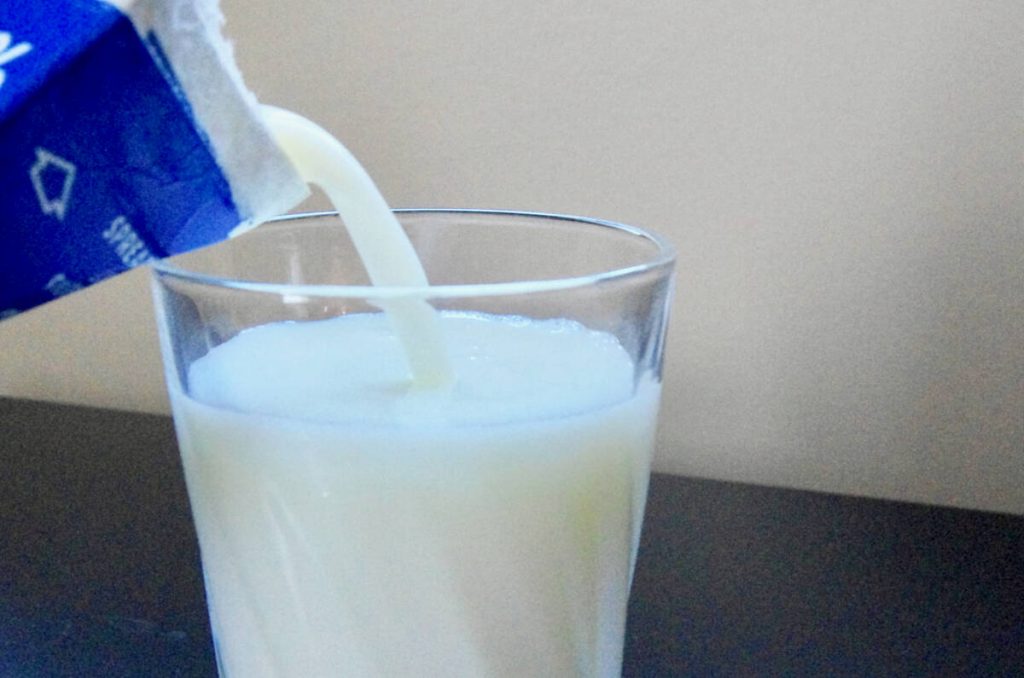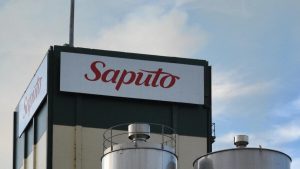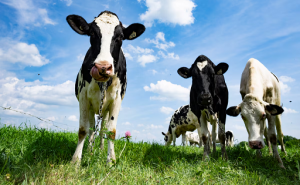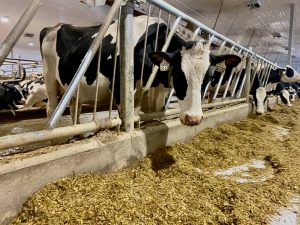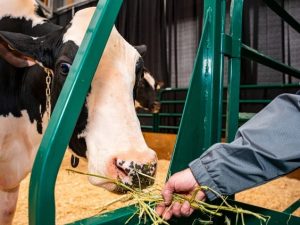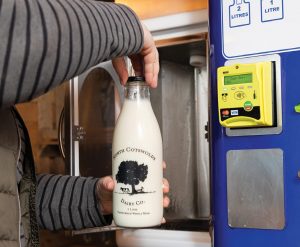
Now is the time for Canadian dairy’s supply management to get a reboot geared towards economic growth.
Prime Minister Mark Carney is no Justin Trudeau. While the team around him may be familiar, the tone has clearly shifted.
His first week in office signaled a more data-driven, technocratic approach—grounded in pragmatism rather than ideology. That’s welcome news, especially for Canada’s agri-food sector, which has long been overlooked.
Historically, the Liberal Party has governed with an urban-centric lens, often sidelining agriculture. That must change. Carney’s pledge to eliminate all interprovincial trade barriers by July 1 was encouraging — but whether this includes long-standing obstacles in the agri-food sector remains to be seen. Supply-managed sectors, particularly dairy, remain heavily protected by a tangle of provincially administered quotas that limit flexibility, stifle innovation, and restrict national productivity.
Consider dairy. Quebec produces nearly 40 per cent of Canada’s milk, despite accounting for just over 20 per cent of the population.
This regional imbalance undermines one of supply management’s original promises: preserving dairy farms across the country. In reality, the number of dairy farms continues to decline, with roughly 90 per cent now concentrated in just a few provinces — mirroring patterns in the U.S., where there is no federal supply management system.
On our current path, Canada is projected to lose nearly half of its remaining dairy farms by 2030 — even with supply management in place. Consolidation is accelerating, and it disproportionately benefits Quebec and Ontario at the expense of smaller producers in the Prairies and Atlantic Canada.
Prime Minister Carney must put dairy reform back on the table, regardless of campaign promises. The dairy sector represents just one per cent of Canada’s GDP, yet its outsized influence on policy continues to distort economic priorities — benefiting fewer than 9,000 farms out of more than 175,000 nationwide.
This is not sustainable. Many Canadian producers are eager to grow, trade, and compete globally, but are held back by a system that prioritizes insulation over opportunity.
It’s also time to decouple dairy from poultry and eggs, which — though also supply-managed — operate with far more vertical integration and competitiveness. Industrial milk prices in Canada are nearly double those in the U.S., undermining both our domestic processors and consumer affordability.
The upcoming renegotiation of the Canada-U.S.-Mexico Agreement is a chance to reset. Rather than resist change, the dairy sector should seize the opportunity to modernize. Reforms could include a more open quota system for export markets, and a complete overhaul of the Canadian Dairy Commission to increase transparency around pricing.
Canadians deserve to know how much milk is wasted each year — estimated at up to a billion litres — and whether a strategic reserve for powdered milk (much like our existing butter reserve) would better serve national food security.
Global milk demand is rising. According to The Dairy News, the world could face a shortage of 30 million tonnes by 2030 — three times Canada’s current annual production. Yet under current policy, Canada is not positioned to contribute meaningfully to meeting that demand. The domestic focus on protecting margins and internal price fairness is blinding the sector to the broader market realities.
We’ve been here before. The last time CUSMA was renegotiated, Canada offered modest concessions to foreign competitors and then overcompensated its dairy sector for hypothetical losses.
This created an overcapitalized industry, inflated farmland prices, and diverted attention from more pressing trade and diplomacy challenges—particularly with India and China.
If Prime Minister Carney is serious about rebooting the Canadian economy, agri-food must be part of the conversation. But that means agriculture itself must step up. Industry voices across the country need to call on dairy to evolve, embrace change, and step into the 21st century.
Sylvain Charlebois is the director of the Agri-Food Analytics Lab at Dalhousie University and co-host of The FoodProfessor Podcast.
You can now read the most important #news on #eDairyNews #Whatsapp channels!!!
🇺🇸 eDairy News INGLÊS: https://whatsapp.com/channel/0029VaKsjzGDTkJyIN6hcP1K
